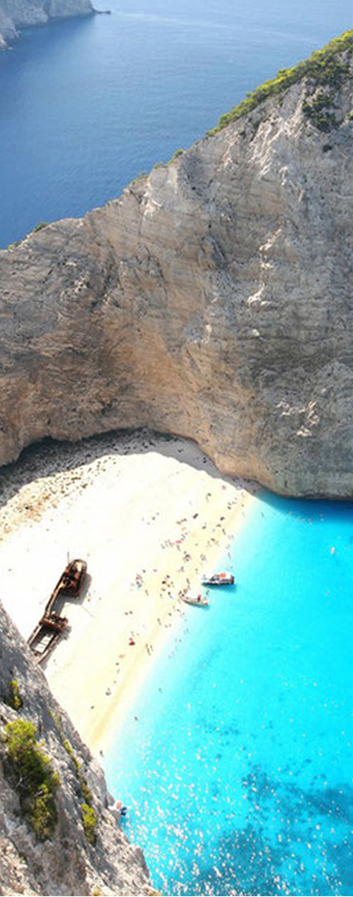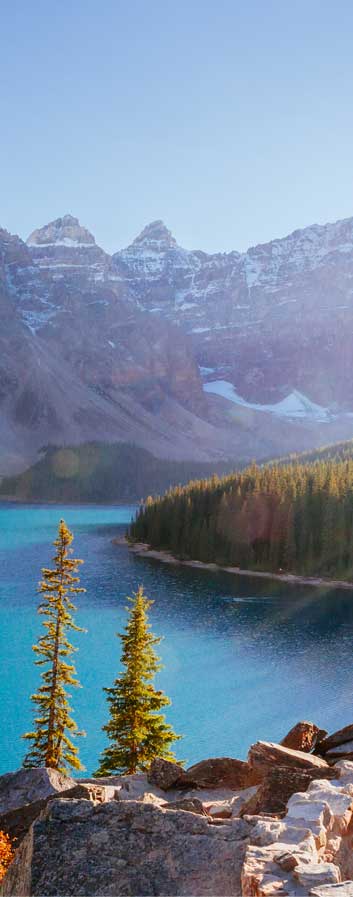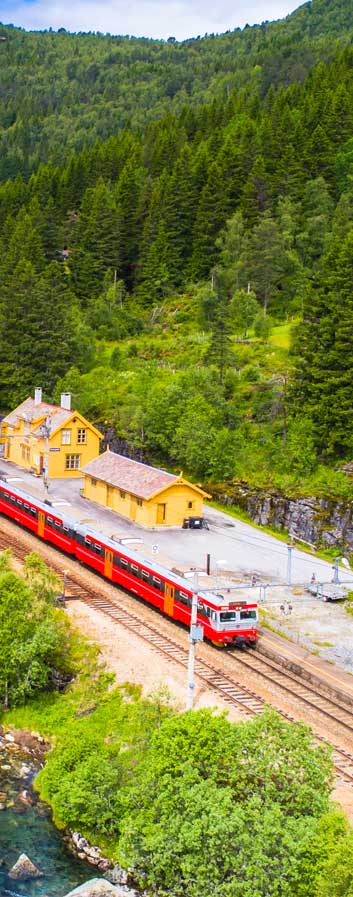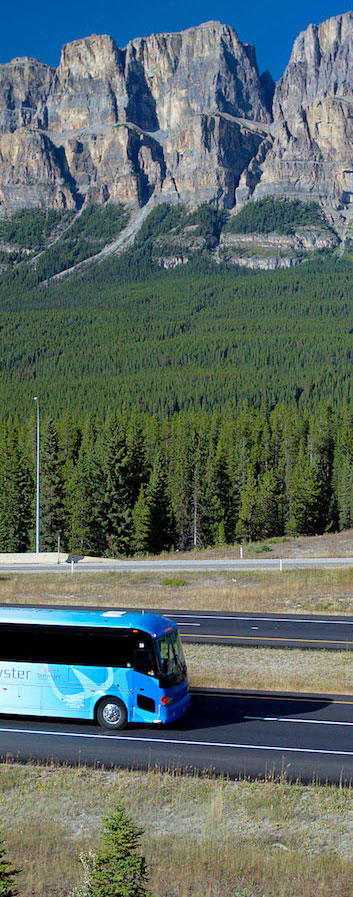Elephant Trekking
The elephant is seen as a symbol of the nation and a talisman for the Thai people. With their wrinkly grey skin and swaying trunk, they are a fascinating combination of brute force, gentleness and remarkable agility that inspires both respect and affection.
With elephants fast disappearing from the wild in Thailand, the best place to see these fascinating animals up close is in a trekking camp. There are only a few camps in Krabi – such establishments must follow strict guidelines as set by the National Livestock Department regarding the provision of adequate food, water and shade for their animals, as well as proper health care.
A trek will allow you to experience this first-hand, as well as the animals’ natural forest environment. Carrying tourists for fun means the elephants are able to earn their keep, while living as freely as is possible: as there is not enough space to release them into the wild, and they are very costly to feed (consuming 200-300kg of food per day) the only alternatives for these gentle giants are begging, illegal logging, or inactivity in a zoo.
Trekking tours – usually an hour’s ride on the elephant, optionally combined with another sightseeing activity – are bookable below, or through any local agent. You can also visit the camps directly for a trek or just to observe and photograph the elephants, even if not planning to ride: most camps offer food for sale so you can meet and feed the ever-hungry pachyderms.
Note for nature lovers: many elephant camps are located in rubber plantations, which are fairly dull in terms of scenery; for more exciting treks, choose camps near caves, waterfalls or in “real” jungle, rather than rubber plantations.
Note for animal lovers: there is a lot of talk on Trip Advisor and other review sites about mistreatment of elephants and animal cruelty. This is unfortunately true in many camps, particularly with inexperienced owners and mahouts. However, in all camps, regardless of experience, mahouts do carry a sharp hook while riding the elephants; while the animals can usually be controlled by voice and bare feet, this is taken as a precautionary measure for the safety of the passengers. Better camps, with happy, well-trained animals will use it rarely, to give a quick (non-piercing) jab behind the ear or on the top of the head, in cases where the elephant is not responding and needs to be controlled quickly (if it decided to walk under low-hanging branches, or saw or heard something that made it charge, for example).
The reports of cruelty tend to be from camps that use the hook as the sole means of controlling the elephants – which is clearly inhumane, given their proven intelligence and ability.
We try as far as possible to monitor the trekking camps we work with. They have been in operation for more than a decade and where the owners come from “elephant families” that have worked with the animals for generations and we have – so far – never received any complaints of mistreatment from customers.
If you feel that even occasional use of the metal hook to control the elephants is cruel, we would recommend not doing a trek at all: there are places in the north of Thailand where you can visit and feed the animals in a sanctuary where they are not made to work. However, if you wish to sit safely on the back of a 4-ton elephant, you must accept there needs to be a way of controlling it in emergency situations – the difficulty is finding camps that have the correct definition of “emergency”, which we have tried to do below.


































